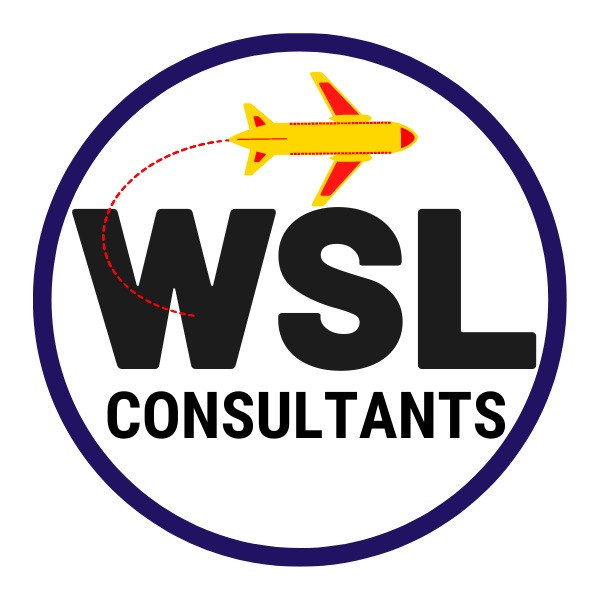Staying abreast of educational trends is essential for educators, policymakers, students, and parents alike, as these trends significantly influence teaching methodologies, curriculum development, and student engagement strategies. In the United States, educational trends are constantly evolving, shaped by technological advancements, societal shifts, and policy changes. This blog post delves into the current educational trends in the USA, examining their implications and potential future directions.
Embracing Technology in the Classroom
One of the most prominent trends in US education is the integration of technology into the classroom. From interactive whiteboards to individual tablets, technology has transformed traditional teaching methods, facilitating more interactive and personalized learning experiences. Educational apps and platforms like Khan Academy and Coursera offer a plethora of resources for students of all ages, allowing for self-paced learning outside the traditional classroom setting. Furthermore, the rise of Artificial Intelligence (AI) and Machine Learning (ML) in education is providing sophisticated tools for personalized learning and assessment, catering to individual student needs and learning styles.
The Growth of STEAM Education
STEM (Science, Technology, Engineering, and Mathematics) education has been at the forefront of educational priorities in the USA for the past decade, aiming to prepare students for the demands of a technology-driven workforce. However, there’s a growing trend towards STEAM, where ‘A’ stands for Arts. Integrating arts into the STEM curriculum fosters creativity and innovation, encouraging students to think critically and solve problems in novel ways. This interdisciplinary approach not only enriches the learning experience but also broadens the applicability of STEM subjects by demonstrating their relevance in diverse fields, including the arts and humanities.
Focus on Soft Skills
While academic skills remain crucial, there is an increasing emphasis on soft skills such as communication, teamwork, problem-solving, and emotional intelligence. The recognition of these skills’ importance in the workforce has led to their integration into educational curriculums. Schools are adopting more collaborative projects, presentations, and group discussions to cultivate these skills, preparing students not just academically but also for the interpersonal aspects of professional environments.
Personalized Learning
Personalized learning tailors education to meet the individual needs, skills, and interests of each student. This approach, facilitated by technology, allows students to learn at their own pace and style, making education more accessible and effective for diverse learners. Adaptive learning software that adjusts to a student’s level of understanding is becoming more common, providing real-time feedback and customized learning paths.
Increasing Emphasis on Mental Health
The mental health of students has become a focal point in US education, with schools implementing programs to address issues such as anxiety, depression, and stress management. The COVID-19 pandemic, in particular, highlighted the need for robust mental health support within educational institutions. Schools are increasingly providing resources like counseling services, mental health days, and wellness programs to support students’ well-being.
Shift Towards Project-Based Learning
Project-based learning (PBL) is gaining traction as an effective educational approach that encourages students to engage in real-world projects. This method promotes critical thinking, collaboration, and practical problem-solving, providing students with hands-on experience in applying their knowledge. PBL prepares students for the complexities of real-life challenges, making learning more engaging and relevant.
The Rise of Micro-Credentials
The traditional four-year college degree is facing competition from alternative credentialing systems like micro-credentials, badges, and certificate programs. These shorter, more focused programs cater to specific skills or competencies, offering a more flexible and cost-effective path to career development. This trend reflects the changing landscape of the workforce, where lifelong learning and continuous skill development are becoming the norm.
Expanding Access to Education
Efforts to increase accessibility in education are gaining momentum, with initiatives aimed at reducing barriers for underrepresented and disadvantaged groups. Scholarships, online learning options, and community programs are expanding access to quality education. Additionally, there’s a growing recognition of the importance of culturally responsive teaching that respects and incorporates students’ diverse backgrounds and experiences.
Sustainability and Environmental Education
With growing concerns about climate change and environmental sustainability, education on these topics is becoming more prevalent. Schools are incorporating sustainability into their curriculums, teaching students about the impact of human activities on the environment and the importance of sustainable living practices. This trend is preparing a generation of environmentally conscious citizens who can contribute to solving global environmental challenges.
Conclusion
The educational trends in the USA reflect a dynamic and evolving landscape, shaped by technological innovation, societal needs, and a holistic approach to student development. These trends are not only transforming how education is delivered but also redefining the goals of education to prepare students for a complex, rapidly changing world. As we move forward, it will be crucial to continue adapting and innovating to meet the diverse needs of all learners, ensuring that education remains inclusive, engaging, and relevant to the challenges of the 21st century.
